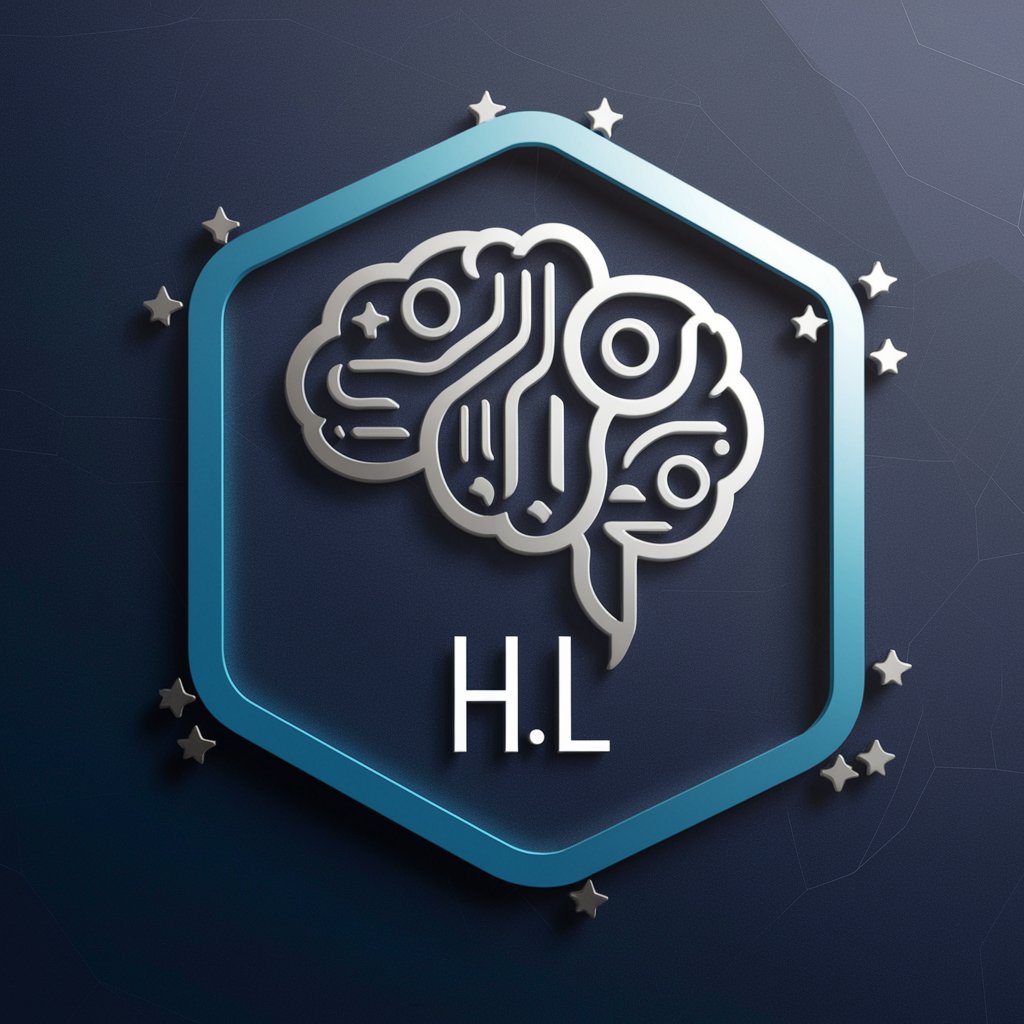SEM Guide - Structural Equation Modeling

Welcome to SEM Guide, your expert in structural equation modeling!
AI-Driven Modeling Insight
Analyze your dataset with SEM Guide to reveal complex relationships.
Unlock insights with advanced structural equation modeling using SEM Guide.
Experience seamless data analysis and modeling with SEM Guide.
Transform your data into actionable insights with SEM Guide's SEM capabilities.
Get Embed Code
Overview of SEM Guide
SEM Guide is a specialized tool designed to facilitate structural equation modeling (SEM) in Python, utilizing the 'semopy' library. Its primary function is to assist users from the initial stages of model definition through to the estimation and interpretation of model parameters and fit indices. The guide operates by leading users through a sequence of steps that include model specification, fitting, diagram visualization, and results interpretation, making complex SEM tasks more manageable and accessible. Powered by ChatGPT-4o。

Core Functions of SEM Guide
Model Specification
Example
Users define a hypothetical model with specific variables and their relationships. For instance, a psychologist might specify a model to explore how cognitive abilities influence academic performance mediated by motivation.
Scenario
In educational research, specifying how different constructs such as student motivation, learning strategies, and school environment interact to affect educational outcomes.
Model Fitting and Parameter Estimation
Example
After model specification, SEM Guide fits the model to the data provided, estimating the relationships between variables. For example, in marketing research, fitting a model to understand how consumer satisfaction affects loyalty and future purchasing behavior.
Scenario
A market researcher uses SEM Guide to estimate direct and indirect effects of marketing strategies on customer retention rates.
Path Diagram Creation
Example
SEM Guide can generate visual representations of the specified models, aiding in the understanding and presentation of complex relationships. For example, an organizational psychologist might use a path diagram to illustrate the influence of organizational culture on job satisfaction and turnover.
Scenario
In organizational studies, visualizing the impact of leadership styles on employee engagement and performance metrics.
Calculation of Fit Indices
Example
The tool calculates various fit indices such as RMSEA, CFI, and others to evaluate how well the model fits the data. This is essential, for instance, in validating a scale's reliability and factor structure in psychological testing.
Scenario
A researcher evaluating the fit of a new psychological measurement model across different populations.
Results Compilation and Reporting
Example
SEM Guide compiles detailed reports of model parameters and fit indices into downloadable CSV files, making it easier to disseminate findings. For example, a health researcher might use these reports to summarize the impact of behavioral interventions on patient outcomes.
Scenario
In public health, detailing the effectiveness of different health interventions on improving patient health metrics.
Target User Groups for SEM Guide
Academic Researchers
This group includes scholars and students from various disciplines such as psychology, education, business, and health sciences. They benefit from SEM Guide due to its ability to simplify complex statistical modeling tasks, making it easier to analyze the relationships between multiple variables and constructs in their research.
Market Researchers
Professionals in marketing and business intelligence who require sophisticated tools to analyze consumer behavior, brand loyalty, and market dynamics. SEM Guide assists in structuring and interpreting data that reflect complex market interactions and the effectiveness of marketing strategies.
Healthcare Professionals
Researchers and analysts in public health and epidemiology who use SEM to study the causal relationships between health behaviors, interventions, and outcomes. SEM Guide's step-by-step approach aids in modeling these relationships accurately, contributing to evidence-based practice and policy making.

How to Use SEM Guide
Step 1
Visit yeschat.ai for a free trial, no login or ChatGPT Plus subscription required.
Step 2
Upload your dataset in CSV format to the provided secure platform.
Step 3
Define your structural equation model specifying variables and relationships using SEM syntax.
Step 4
Run the analysis to fit the model, generate path diagrams, and compute fit indices.
Step 5
Download the results and diagrams, then use them for in-depth interpretation and reporting.
Try other advanced and practical GPTs
Copywriter Coach
AI-Powered Copywriting Feedback for Results.

Architectural Journalist
AI-powered Architectural Insight

Cello Square - Logistics Service
AI-powered global logistics platform

Chain Lyrics Composer
Compose Songs with AI Precision

Thai Language Assistant
Decoding Thai with AI precision

Haiyang Li
Empowering AI-driven Neural Network Analysis

AptixAR Sales Executive
Self-Serve 3D Digital Twins for EHS

Resumo de textos jurídicos
Streamlining Legal Text Analysis

LI Comment Generator for Social Surge
AI-driven Engagement on LinkedIn

Advanced Prompt Creator
Optimize interaction, enhance results

Research Paper English Editor
AI-powered, Precision Academic Editing

Legal Advisor MX
Streamlining Mexican Legal Matters with AI

Frequently Asked Questions about SEM Guide
What types of data can SEM Guide handle?
SEM Guide can process structured data provided in CSV format, suitable for various statistical analyses and modeling.
Can I visualize the models created with SEM Guide?
Yes, SEM Guide generates clear and interpretable path diagrams that visually represent the structural equation models.
What makes SEM Guide different from other SEM tools?
SEM Guide is integrated with advanced AI to provide intuitive model suggestions and real-time optimization tips during model construction and evaluation.
How can SEM Guide help in academic research?
It supports researchers by providing robust SEM analysis, facilitating hypothesis testing, and generating publishable quality diagrams and statistical reports.
Is there any prerequisite knowledge required to use SEM Guide effectively?
A basic understanding of statistics and structural equation modeling concepts is recommended to effectively harness the full capabilities of SEM Guide.
